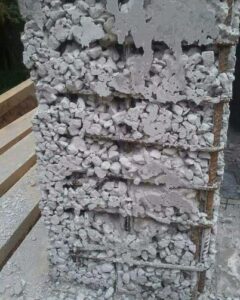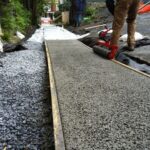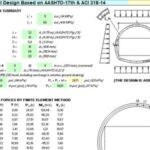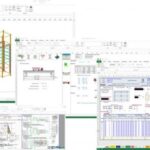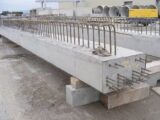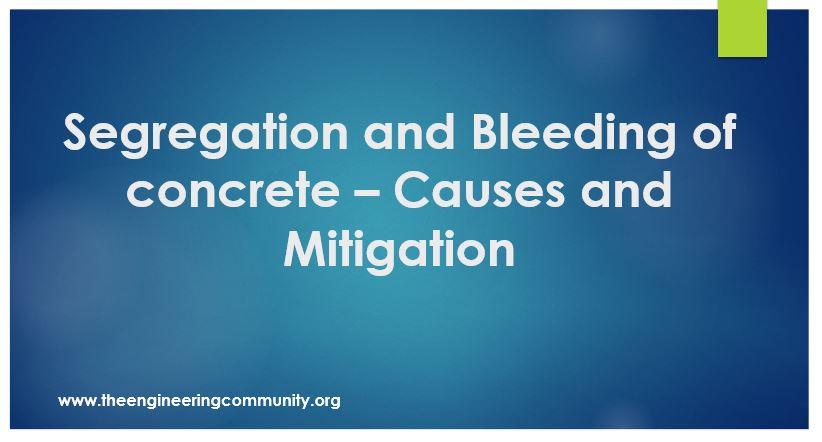
Segregation and Bleeding of concrete – Causes and Mitigation
3 July 2021Table of Contents
Segregation and Bleeding of concrete – Causes and Mitigation
1. Segregation of Concrete:
Segregation is the separation of constituent materials in concrete. There are three common types of segregation:
- Separation of coarse aggregate from the concrete mixture
- Separation of cement paste from the concrete during its plastic stage
- Separation of water from the concrete mix (Bleeding in concrete)
Segregation of concrete affects strength and durability in structures. When this is detected, elements affected should be demolished.
The segregation includes undesirable properties in the hardened concrete; therefore, it can cause honeycombing and may leads to the development of cavities in the concrete surface.
a – Causes of concrete segregation:
The main causes are:
- Use of high water-cement ratio in concrete. This general happens in case of concrete mixed at site by unskilled workers
- Excessive vibration of concrete with mechanical needle vibrators makes heavier particles settle at bottom and lighter cement sand paste comes on top.
- When concreting is done from height in case of underground foundations and rafts, which causes concrete to segregate.
b – Mitigation:
- Segregation can be controlled by maintaining proper proportioning the mix.
- By peculiar handling, placing, transporting, compacting and finishing of concrete.
- Adding air entraining agents, admixtures and pozzolanic materials in the mix segregation controlled to some extent.
- Wherever depth of concreting is more than 1.5 meters, it should be placed through temporary inclined chutes.
- The delivery end of chute should be as close as possible to the point of deposit.
- Handling, placing and compaction of freshly mixed concrete should be done carefully. A proper vibration also reduces the chances of segregation.
2. Concrete Bleeding:
Bleeding is a form of segregation in which water present in the concrete mix is pushed upwards due to the settlement of cement and aggregate. The specific gravity of water is low, due to this water tends to move upwards.
Some bleeding is normal but excessive bleeding can be problematic.
Not all bleed water will reach the surface of the concrete but some water may rise and remain trapped under aggregates and reinforcing. This results in the weakening of the bond between the paste and those elements.
a – Bleeding Causes:
The principal causes of bleeding are:
- High water-cement ratio to highly wet mix
- Badly proportioned and insufficiently mixed concrete
b – Bleeding Effects:
Due to the formation of Laitance, structures may lose its wearing capacity and decreases its life.
Water while moving from bottom to the top, forms continuous channels. Due to these channels, concrete becomes permeable and allow water to move, which forms water voids in the matrix and reduces the bond between aggregate and the cement paste.
Forming of water at the top surface of concrete results in delaying the surface finishing and so concrete becomes permeable and loses its homogeneity.
Excessive bleeding breaks the bond between the reinforcement and concrete.
c – Mitigation:
To avoid concrete bleeding, it is recommended to:
- Reduce Water content
- Use finer cements
- Increase amount of fines in the sand
- Use supplementary cementitious materials
- Use air entraining admixtures

